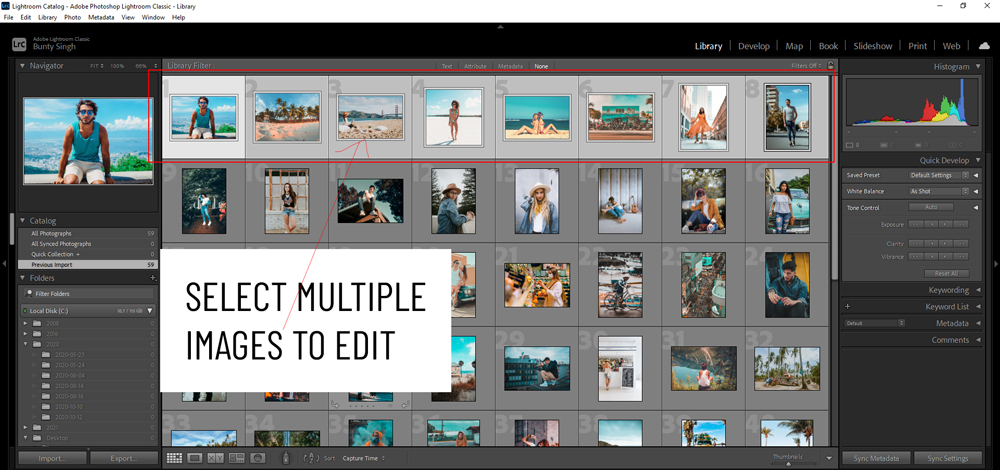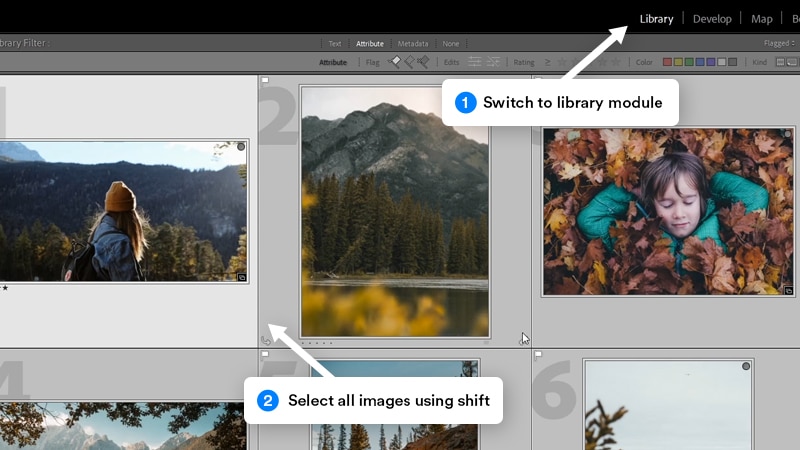
The new Lightroom also adds other new features. Lightroom 6 also can stitch multiple side-by-side frames into a panorama, as shown on the bottom row.

In the two top rows, the original three shots on the left have been merged into the HDR shot on the right, capturing both highlights and shadows. Lightroom 6 lets you combine multiple images taken at brighter and darker exposures into a single high dynamic range (HDR) shot. Computational photography is already used for things like fixing lens flaws and correcting images shot in the shade so people don't look so blue. With the technology, software running on a camera, phone or computer processes images into something more than what the camera can capture on its own. HDR and panoramic images are examples of one fruitful area of development called computational photography.

Most people are fine using their phones to take photos, but for those who want to go farther, digital photography offers countless possibilities. The update shows how photos can have a life that extends beyond that original single snap you took.

Lightroom also offers a compelling advantage in its approach: its Digital Negative (DNG) file format preserves more of a photo's image quality and editing flexibility. Other options like HDRsoft's Photomatix, Google's Nik HDR Efex Pro and Oloneo's PhotoEngine let them merge multiple shots of the same subject into an HDR image that captures both highlights and shadows.īut Lightroom is widely used by photography pros and enthusiasts, and building panorama and HDR support straight into the software makes those features easier to use.

Here's why: For years, photographers have been able to use software like Adobe's Photoshop to join a sweep of individual photos into a single panoramic image.


 0 kommentar(er)
0 kommentar(er)
